How a Heart Attack Differs from a Stroke
Understanding the Difference Between a Heart Attack and a Stroke
- What is a Heart Attack?
- What is a Stroke?
- Key Differences Between a Heart Attack and a Stroke
- Common Symptoms of Heart Attack and Stroke
- Treatment Options for Heart Attacks and Strokes
- Real-Life Examples of Heart Attacks and Strokes
Heart attacks and strokes are two of the most life-threatening events people can experience, and although both are related to the cardiovascular system, they are quite different. Understanding how a heart attack differs from a stroke is essential for identifying symptoms, taking quick action, and receiving the appropriate medical care. In this article, I’ll walk you through the key differences, symptoms, treatment options, and real-life examples to help you better understand these two medical emergencies.

1. What is a Heart Attack?
A heart attack, also known as a myocardial infarction, occurs when the blood flow to part of the heart muscle is blocked. This blockage can happen due to the buildup of plaque in the coronary arteries (the arteries that supply the heart with blood). When the blood flow is reduced or completely cut off, the affected part of the heart muscle begins to die, which can cause permanent damage to the heart. Heart attacks typically occur over time, with warning signs and risk factors leading up to the event.
Atlanta Heart Specialists
atlanta heart specialists
4375 Johns Creek Pkwy #350, Suwanee, GA 30024, USA
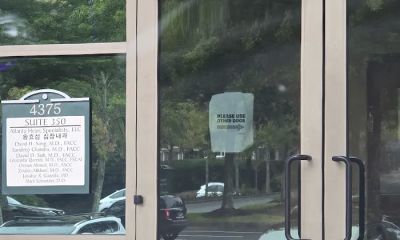
Causes of a Heart Attack
The primary cause of a heart attack is coronary artery disease (CAD), which occurs when plaque builds up on the artery walls, narrowing the arteries and restricting blood flow. Risk factors for heart attacks include high blood pressure, high cholesterol, smoking, obesity, and a sedentary lifestyle. Genetics can also play a role in the development of heart disease.
2. What is a Stroke?
A stroke occurs when the blood supply to part of the brain is interrupted, either by a blockage or a burst blood vessel. Without adequate blood flow, brain cells begin to die, leading to brain damage. Strokes can be classified into two main types: ischemic strokes, caused by a blockage in an artery leading to the brain, and hemorrhagic strokes, which occur when a blood vessel in the brain bursts. Strokes can happen suddenly and often lead to long-term complications such as paralysis, speech problems, and cognitive difficulties.
Causes of a Stroke
Ischemic strokes are typically caused by blood clots, which block blood vessels in the brain. Hemorrhagic strokes are caused by high blood pressure, aneurysms, or trauma, leading to a rupture of a blood vessel. Other risk factors for strokes include high blood pressure, high cholesterol, smoking, diabetes, and obesity.
3. Key Differences Between a Heart Attack and a Stroke
Although both heart attacks and strokes are cardiovascular events, they differ in the affected organs and underlying causes. Here's a quick comparison:
Heart Attack vs Stroke: A Comparison
- Location: A heart attack affects the heart, while a stroke affects the brain.
- Cause: A heart attack is caused by a blockage in the coronary arteries, whereas a stroke is caused by a blockage or rupture in the brain’s blood vessels.
- Symptoms: The symptoms of a heart attack typically involve chest pain, shortness of breath, and nausea, whereas stroke symptoms may include sudden numbness or weakness in the face, arms, or legs, especially on one side of the body, confusion, trouble speaking, and difficulty seeing.
Although heart attacks and strokes have distinct differences, they both share some common risk factors, such as high blood pressure, high cholesterol, and smoking. Both conditions require immediate medical attention to reduce the risk of permanent damage or death.
4. Common Symptoms of Heart Attack and Stroke
It’s important to recognize the symptoms of both a heart attack and a stroke quickly, as early intervention can save lives. Here’s a breakdown of the symptoms for each condition:
Heart Attack Symptoms
- Chest pain or discomfort (may feel like pressure, squeezing, or fullness)
- Pain in the neck, back, jaw, stomach, or one or both arms
- Shortness of breath
- Nausea, lightheadedness, or cold sweats
Stroke Symptoms
- Sudden numbness or weakness in the face, arm, or leg (especially on one side of the body)
- Sudden confusion or trouble speaking
- Sudden trouble seeing in one or both eyes
- Sudden trouble walking, dizziness, or loss of balance
If you or someone you are with experiences any of these symptoms, seek medical help immediately. Both heart attacks and strokes require urgent medical care to minimize the risk of severe complications.
5. Treatment Options for Heart Attacks and Strokes
The treatment for heart attacks and strokes differs depending on the type and severity of the event. Here’s an overview of the treatment options for both conditions:
Heart Attack Treatments
Immediate treatment for a heart attack may include medications to dissolve clots, blood thinners to prevent further clotting, or surgery to restore blood flow to the heart. In some cases, stents or coronary artery bypass surgery may be necessary. Long-term treatment typically involves lifestyle changes, medications for high blood pressure and cholesterol, and possibly heart rehabilitation therapy.
Stroke Treatments
Treatment for a stroke depends on whether it is ischemic or hemorrhagic. For ischemic strokes, medications like tissue plasminogen activator (tPA) may be used to dissolve the clot, or surgery may be necessary to remove the blockage. Hemorrhagic strokes may require surgery to repair the ruptured blood vessel and control bleeding. Rehabilitation and therapy are critical for recovery, especially for those with lasting physical or cognitive impairments.
6. Real-Life Examples of Heart Attacks and Strokes
Let’s take a look at some real-life examples that illustrate the difference between a heart attack and a stroke:
John, a 50-year-old man, had a heart attack after years of high cholesterol and poor lifestyle choices. He experienced sudden chest pain and shortness of breath while at work, which led to immediate medical attention. After receiving treatment, John made significant lifestyle changes, including improving his diet and exercising regularly.
On the other hand, Sarah, a 45-year-old woman, suffered a stroke one morning when she woke up feeling numb on one side of her body. After being rushed to the hospital, she received immediate treatment to dissolve the clot. While Sarah experienced some lingering effects, she is now undergoing rehabilitation and making steady progress.
More Heart Doctor Near Me
Pacific Cardiovascular Associates Medical Group - Anaheim
710 N Euclid St Ste 214, Anaheim, CA 92801, USA

Daniel A. Riegel, MD - Howard Beach CardioVascular Center
82-23 153rd Ave, Howard Beach, NY 11414, USA
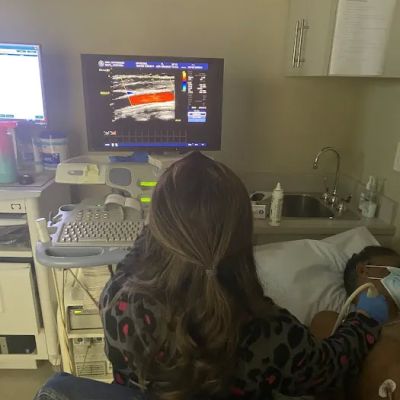
NovaCare Rehabilitation in partnership with OhioHealth - Pickerington - Refugee Road
1010 Refugee Rd Suite 210, Pickerington, OH 43147, USA
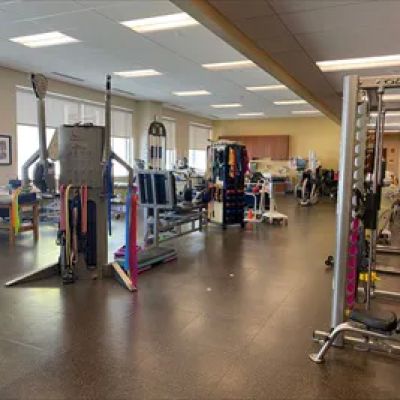
Parham Zarrini MD
2001 Santa Monica Blvd Ste 770W, Santa Monica, CA 90404, USA

Susheel Kumar Kodali, MD
155 White Plains Rd, Tarrytown, NY 10591, USA

Cardiology Associates of Frederick
74 Thomas Johnson Dr, Frederick, MD 21702, USA
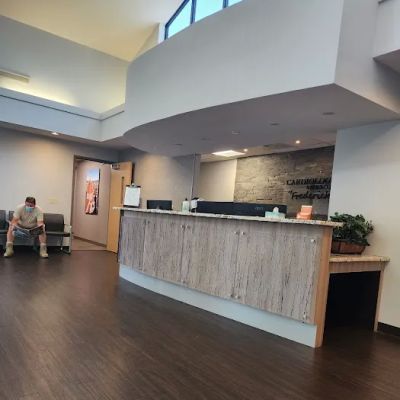
Related Hot
Recommended

65 w jimmie leeds rd pomona nj
65 W Jimmie Leeds Rd, Pomona, NJ 08240, USA
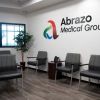
merick kirshner
18700 N 64th Dr #105B, Glendale, AZ 85308, USA

dr peacock white plains
122 Maple Ave 7th Floor, White Plains, NY 10601, USA

wellspan cardiology lancaster
140 N Pointe Blvd, Lancaster, PA 17601, USA

andrew weissman md
220 Livingston St #204, Northvale, NJ 07647, USA

daniel pelchovitz
2123 Auburn Ave Suite 137, Cincinnati, OH 45219, USA
Popular Searches
Popular blog


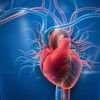



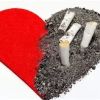
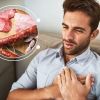

Deborah Heart and Lung Center
deborah heart and lung center
200 Trenton Rd, Browns Mills, NJ 08015, USA